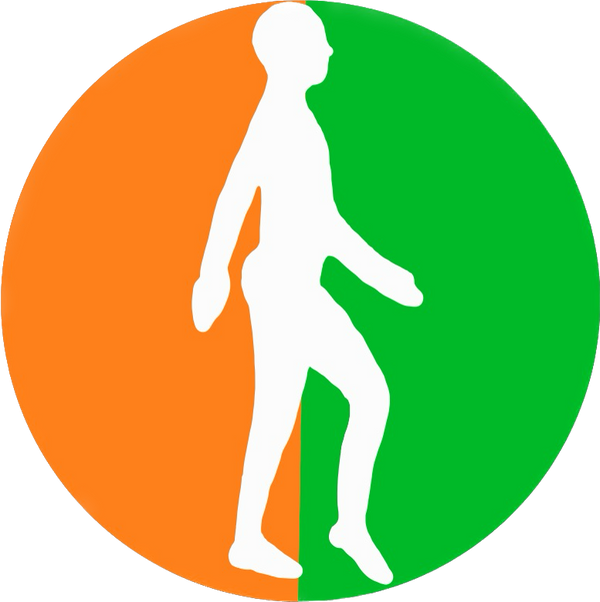Cataracts, also known as cataracts, are a common eye condition characterized by the clouding of the lens of the eye. This clouding causes visual impairment and can significantly affect the quality of life if left untreated. In this blog post, we will take a detailed look at the causes, symptoms, and treatment options for cataracts.
What is cataract?
A cataract is an age-related change in the lens of the eye that causes it to become cloudy. This clouding is caused by a buildup of dead cells and proteins in the lens, which should normally be clear. This blocks or scatters light, causing blurred vision.

Cataracts | Ophthalmologist in Regensburg PD Dr. Isabel Oberacher-Kohlhäufl (augenarztpraxis-regensburg.de)
Causes of Cataracts
The main cause of cataract development is the natural aging of the lens. As we age, the lens cells lose their transparency and become opaque. However, there are also other factors that can promote the development of cataracts:
- Diabetes: High blood sugar levels can damage the lens.
- High nearsightedness or farsightedness: These eye defects can increase the risk.
- Long-term use of cortisone: Certain medications can increase the risk of cataracts.
- Trauma or injury: A blow to the eye can also lead to the development of cataracts.
- Genetic predisposition: Some people may have a genetic predisposition to cataracts.
symptoms of cataracts
The symptoms of cataracts develop gradually and can include:
- Deterioration of vision: Those affected often notice blurred vision or an increase in myopia.
- Glare sensitivity: Light sources can cause more glare than usual.
- Difficulty seeing at dusk or at night: Contrasts and colors may be harder to see.
Diagnosis and Treatment
Cataracts are diagnosed by a thorough eye examination by an ophthalmologist. The ophthalmologist can use special tests to determine the clouding of the lens and assess its extent. The only effective treatment for cataracts is surgery to replace the clouded lens with a clear artificial lens. This procedure is usually very safe and leads to a significant improvement in vision in most patients.
Sources:

